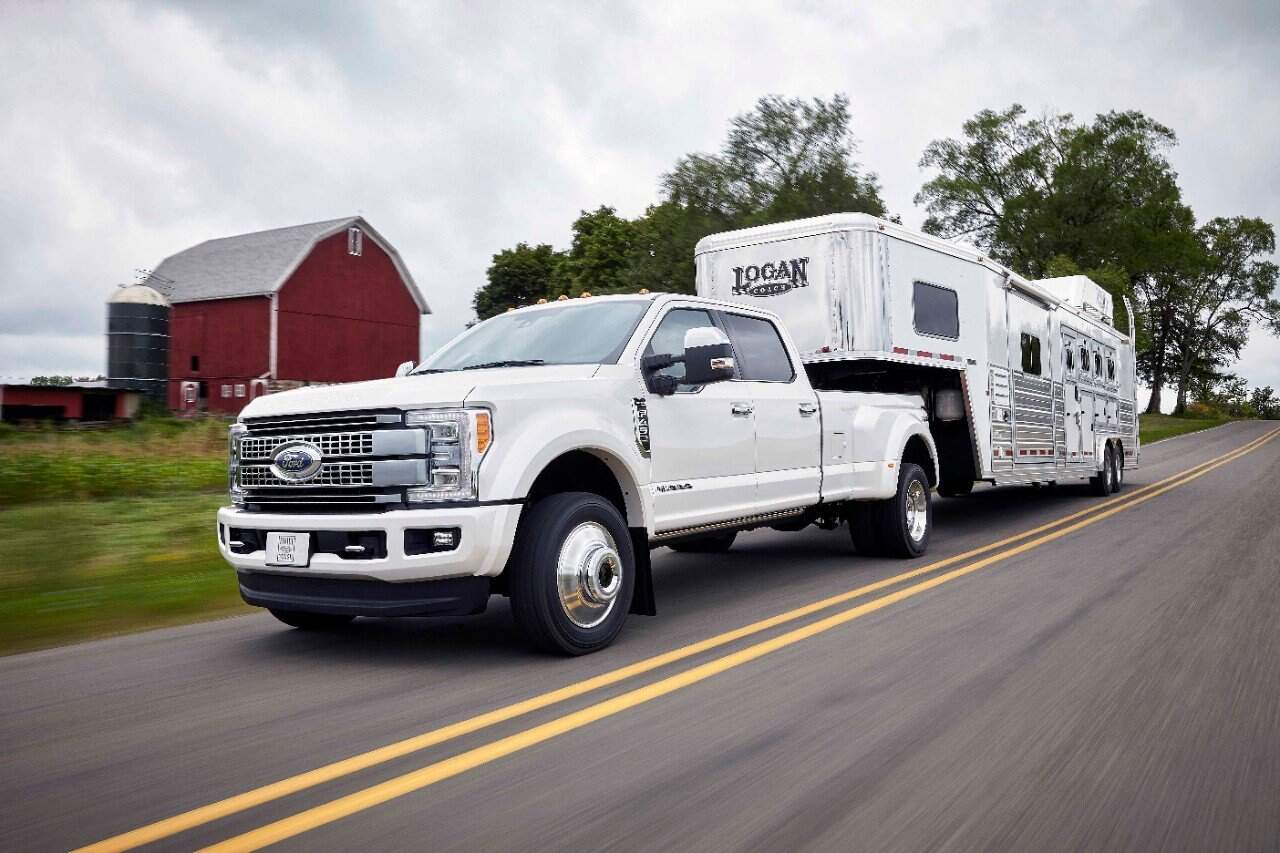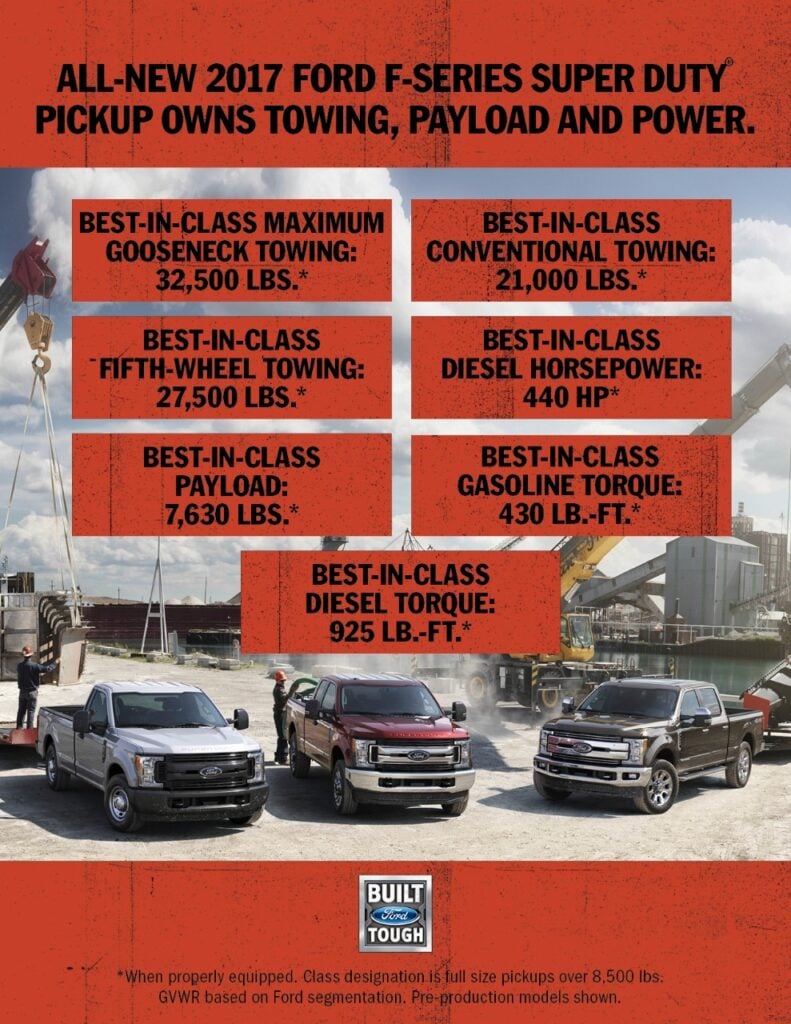The $10,000 Failure Lurking in Ford Super Duty Diesels
A tiny part with a massive downside: how the CP4 high-pressure fuel pump can destroy your engine—and the fix that could save your truck.

When reader, George Holt, messaged me asking about high-pressure fuel pump issues in Ford Super Duty diesel trucks, I’ll admit—I didn’t have a quick answer. I don’t own a Super Duty myself, but I’ve been around the block in the automotive world long enough to know who to ask. So, I started asking around.
I called a couple of diesel techs I trust and pulled up service bulletins, forum threads, and a few old notes from interviews I’d done back when the CP4.2 first started getting a reputation. What I found made one thing clear: this is one of those “fix it before it breaks” kind of problems.
Let me walk you through it…
Why This Pump Fails — and Fails Hard
Between 2011 and 2022, most Ford Super Duty trucks with the 6.7L Power Stroke came with a Bosch CP4.2 high-pressure fuel pump. On paper, it looks fine. German engineering, used in plenty of vehicles overseas, efficient design, etc. But here’s the issue: it was designed for European diesel, which has better lubricity.
In the U.S., we use ultra-low sulfur diesel (ULSD), and it’s just not slippery enough to keep this pump happy. I’m talking about fuel that’s so dry it starts wearing out the inside of the pump like sandpaper on aluminum. That’s not an exaggeration.
One tech I know in Texas told me about a customer with a 2016 F-250 that died on the highway hauling a fifth-wheel. No warning, no codes, nothing. The pump failed internally, sent metal shavings downstream, and wrecked everything—injectors, fuel rails, return lines, lift pump, and even contaminated the tank. The total repair? Just shy of $11,000. That truck wasn’t even pushing 100k miles yet.
It’s not like other components where you hear it whining or see a slow leak. When this pump goes, it often just goes. One minute it’s running fine, the next it’s a no-start and you’re looking at a full fuel system rebuild.

What Ford Did (Quietly)
Ford clearly caught on. In 2023, they ditched the CP4.2 and switched to a new DCR (Direct Controlled Rail) pump. They didn’t issue a recall, but that move tells the story. They knew it was a problem—they just chose not to say much about it publicly.
So if you’ve got a 2023+ model, you’re likely in the clear. But if you’re driving anything from 2011 to 2022, you’re rolling around with a known failure point.
What’s the Actual Fix?
Here’s where things get better. There’s a real solution.
Swap the CP4 for a CP3
The CP3 pump, which was used in older Cummins and Duramax trucks, is a lot more durable. It doesn’t have the same wear issues with ULSD, and there’s no history of the kind of catastrophic failure we see with the CP4. It’s not perfect—but it’s been proven on the road, in real trucks, for years.
Several companies offer CP4-to-CP3 conversion kits, including S&S Diesel, BD Diesel, and Exergy Performance. These kits typically come with everything you need: pump, lines, wiring, brackets—you name it.
A buddy of mine installed one on his 2015 F-350 about a year ago. He hauls a family camper regularly and was getting nervous after hearing about all the failures. He said it was a weekend job (with some mechanical know-how), and he hasn’t had a single issue since.
Now, the conversion isn’t cheap—you’re looking at roughly $2,500 to $3,500, depending on the kit and labor. But compare that to an $11k fuel system replacement, and it becomes a no-brainer.
Use a Lubricity Additive
Even with a CP3, it’s a good idea to use a diesel additive that boosts lubricity. Think of it like adding oil to your chainsaw gas—it’s just giving your fuel system that extra protection. I see a lot of Ford owners recommending Opti-Lube XPD or Stanadyne Performance Formula. They’re easy to find and not that expensive, especially compared to the cost of fixing a damaged system.
Some guys think additives are snake oil, but I’ve tested fuel samples myself and seen the difference in lubricity scores. I run fuel and oil additives in all of my collector vehicles.
So, What Should You Do?
If you’ve got a 2011–2022 Super Duty diesel, especially one with over 60,000 miles, I’d seriously consider getting ahead of this. Either:
- Budget for a CP3 conversion in the near future, or
- At the very least, start using a fuel additive with every fill-up
And if you’re shopping for a used truck in that range, ask if the pump has already been swapped or if the seller is willing to knock something off the price to account for it.
Final Thoughts
This isn’t about panic—it’s about being realistic. The CP4.2 isn’t guaranteed to fail on every truck, but when it does, it’s not a small problem. It’s a wallet-draining, leave-you-stranded, full-system meltdown.
Ford should’ve done more, in my opinion. But the good news is, you can take action yourself before the thing grenades. Whether you do the CP3 swap now or just keep additives in your tank, at least you’re not driving blind.
And hey, shoutout to George for the great question—it’s one a lot more folks should be asking.
Stay safe out there and keep the rubber side down.

